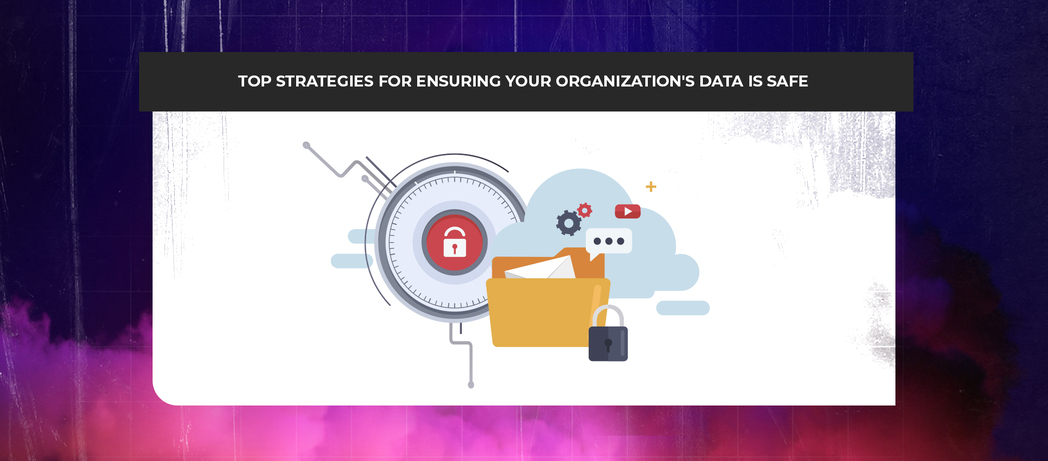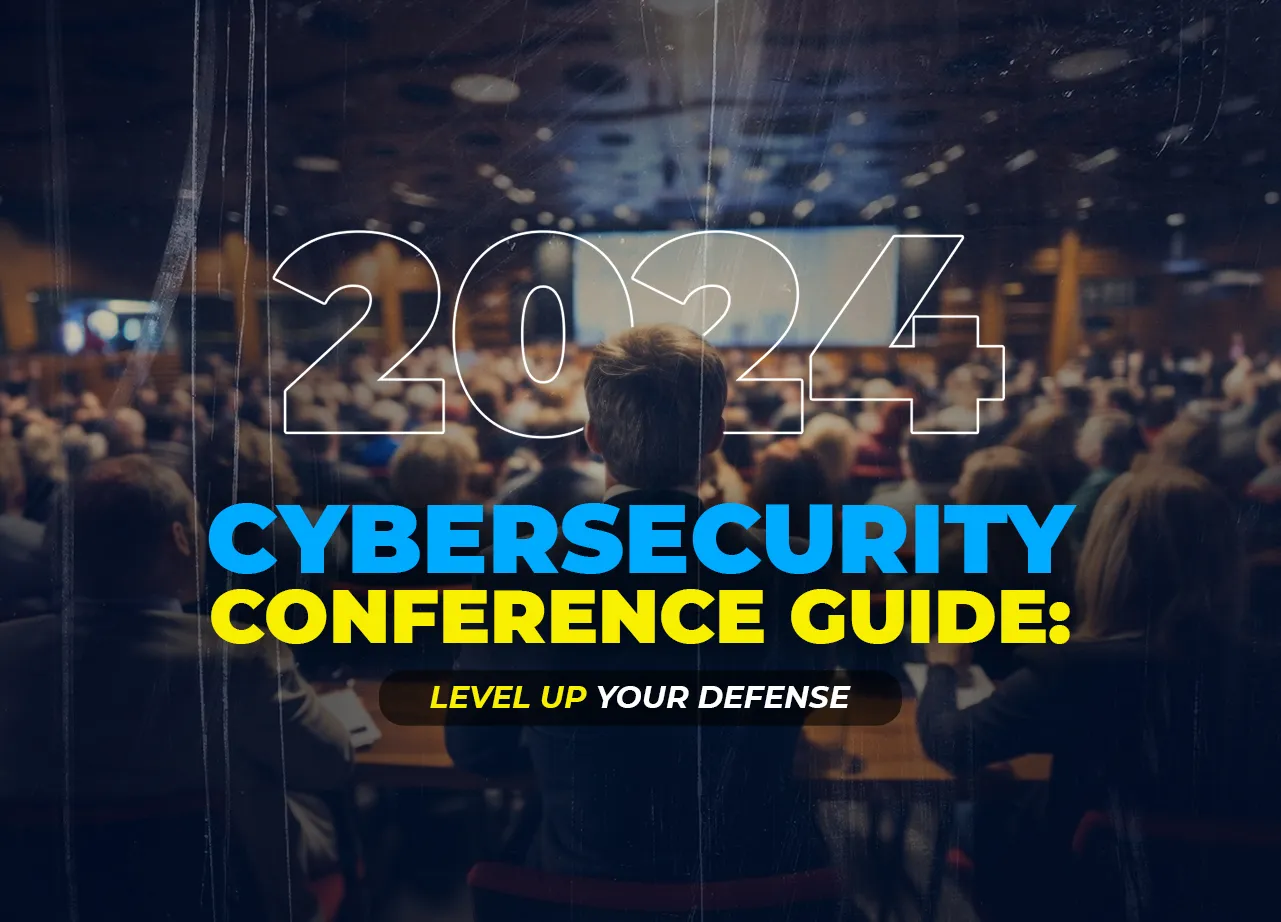
As we enter 2023, the use of cloud computing continues to grow rapidly, providing organizations with unparalleled scalability, flexibility, and cost-efficiency. However, as cloud adoption continues to rise, so do the risks associated with cloud security. In 2023, organizations face a plethora of cloud security risks, including data breaches, insider threats, misconfigurations, and third-party risks. These risks can lead to devastating consequences such as the loss of sensitive data, damage to reputation, and financial losses. Therefore, organizations must be aware of these risks and develop strategies to mitigate them.
Table of Contents
Toggle
Table of Contents
ToggleThe Top Cloud Security Threats of 2023: Are You Prepared?
Cloud security risks continue to evolve with the changing threat landscape, and in 2023, organizations face several new and persistent security risks that threaten the confidentiality, integrity, and availability of their data in the cloud.
Here are some of the top cloud security risks that organizations need to be aware of in 2023:
Data Breaches
Data breaches remain a significant concern for organizations that use cloud services. Cybercriminals are constantly looking for ways to exploit vulnerabilities in cloud infrastructure to gain access to sensitive data. In 2023, we can expect to see an increase in sophisticated cyber attacks targeting cloud services. Organizations must implement robust security measures to prevent unauthorized access to their data in the cloud.
Insider Threats
Insider threats are another major risk that organizations must contend with. Malicious insiders can abuse their access privileges to steal, modify, or delete data. They can also inadvertently expose sensitive data by falling victim to phishing attacks or using insecure devices. Organizations need to implement strict access controls, monitor user activity, and provide regular security awareness training to employees to mitigate the risk of insider threats.
Misconfigurations
Misconfigurations are a common cause of cloud security incidents. We can expect to see an increase in misconfigured cloud services leading to data breaches, service disruptions, and other security incidents. Organizations must take a proactive approach to ensure their cloud services are configured securely, and they must regularly review and update their configurations to mitigate the risk of misconfigurations.
Third-Party Risks
Organizations often rely on third-party service providers for various cloud services, such as storage, computing, and network services. While this can bring many benefits, it also introduces additional security risks. Organizations need to pay close attention to the security practices of their third-party providers and ensure that they have appropriate security controls in place.
Cloud security risks in 2023 are diverse and ever-evolving. Organizations must stay up-to-date with the latest threats and implement appropriate security measures to protect their data and infrastructure in the cloud.
Don’t let your Cloud Security choices leave the door open for hackers!
Top Strategies for Ensuring Your Organization’s Data is Safe
There are several strategies that organizations can use to tackle risks and ensure their data is secure in the cloud. Here are some top strategies:
Conduct a risk assessment
The first step in securing your data in the cloud is to conduct a risk assessment. This will help you identify potential threats, vulnerabilities, and risks that could impact your data security. It is important to perform a thorough risk assessment periodically, especially when new applications or data are added to your cloud environment.
Choose a reputable cloud provider
Selecting a reputable cloud provider is essential for ensuring the security of your data. Look for providers that have a good reputation for security, have undergone third-party audits and meet specific security standards. Also, make sure that the provider has a clear understanding of your security requirements and can meet them.
Take strong authentication precautions
Making sure that only authorized employees can access the data in your organization requires the implementation of robust access controls. Utilize role-based access controls, two-factor authentication, and strong passwords to limit access to confidential information. To make sure access controls are still effective, examine and update them frequently.
Encrypt your data
Protecting your info from unauthorized access is effective when done with encryption. For added security, encrypt all data while it is in storage and transmission. Employ safe key management techniques and powerful encryption algorithms.
Monitor your environment
Monitoring your cloud environment for any suspicious activity or unauthorized access attempts is essential for detecting and responding to potential security incidents quickly. Implement automated alerts and monitoring tools to identify and respond to potential security incidents in real time.
Backup your data
Regularly backing up your data is crucial for ensuring that it can be recovered in the event of a security incident or data loss. Make sure that backups are stored securely and that you have tested the restore process to ensure it is effective.
Have an incident response plan
Developing an incident response plan that outlines the steps your organization will take in the event of a security incident is crucial. This plan should include procedures for reporting and containing the incident, investigating the root cause, and mitigating any damage.

Summing it Up
Securing your data in the cloud requires a comprehensive approach that includes regular risk assessments, selecting a reputable cloud provider, implementing strong access controls, encrypting your data, monitoring your environment, backing up your data, training your employees, and having an incident response plan in place. By following these strategies, you can help ensure that your organization’s data is secure in the cloud, reducing the risk of security incidents and data breaches.
With PeoplActive’s Cloud Consulting Services and On-demand talent-hiring services, you can rest assured that you’ll have the right expertise and resources to ensure the safety and security of your company’s data in the cloud.
Let us help you take that first step towards achieving your cloud goals.
Raise your Security Posture With PeoplActive’s Cloud Security Engineers


